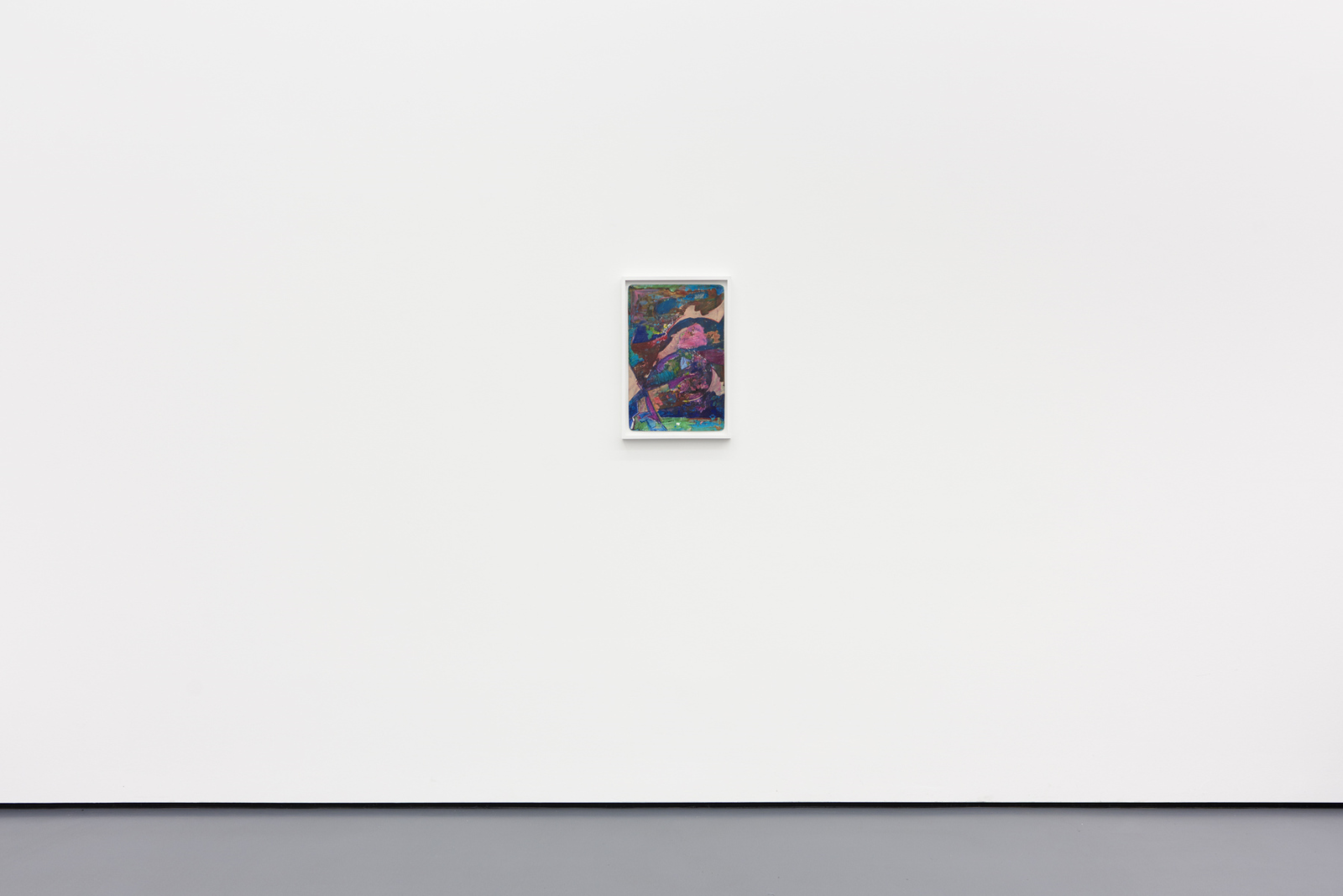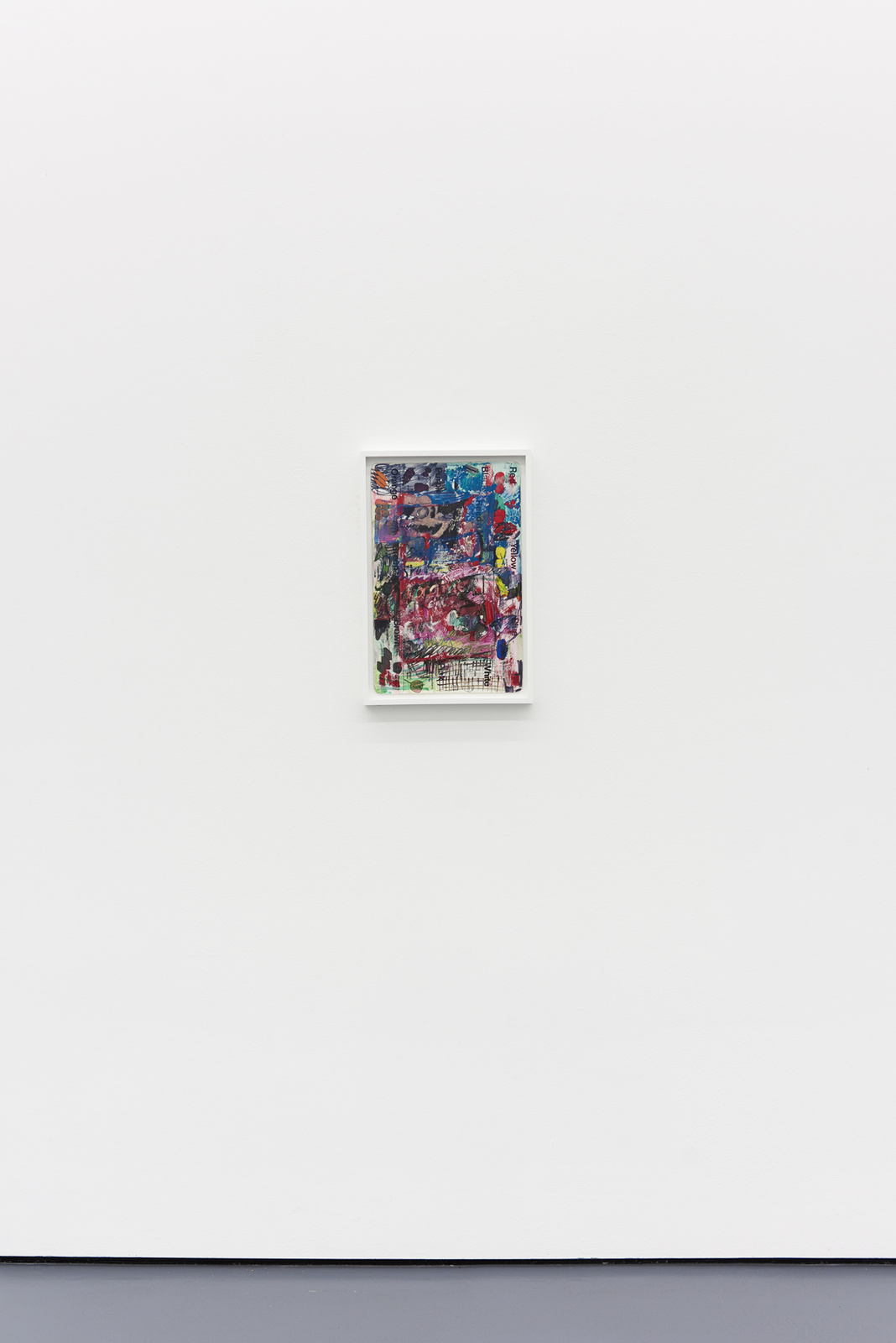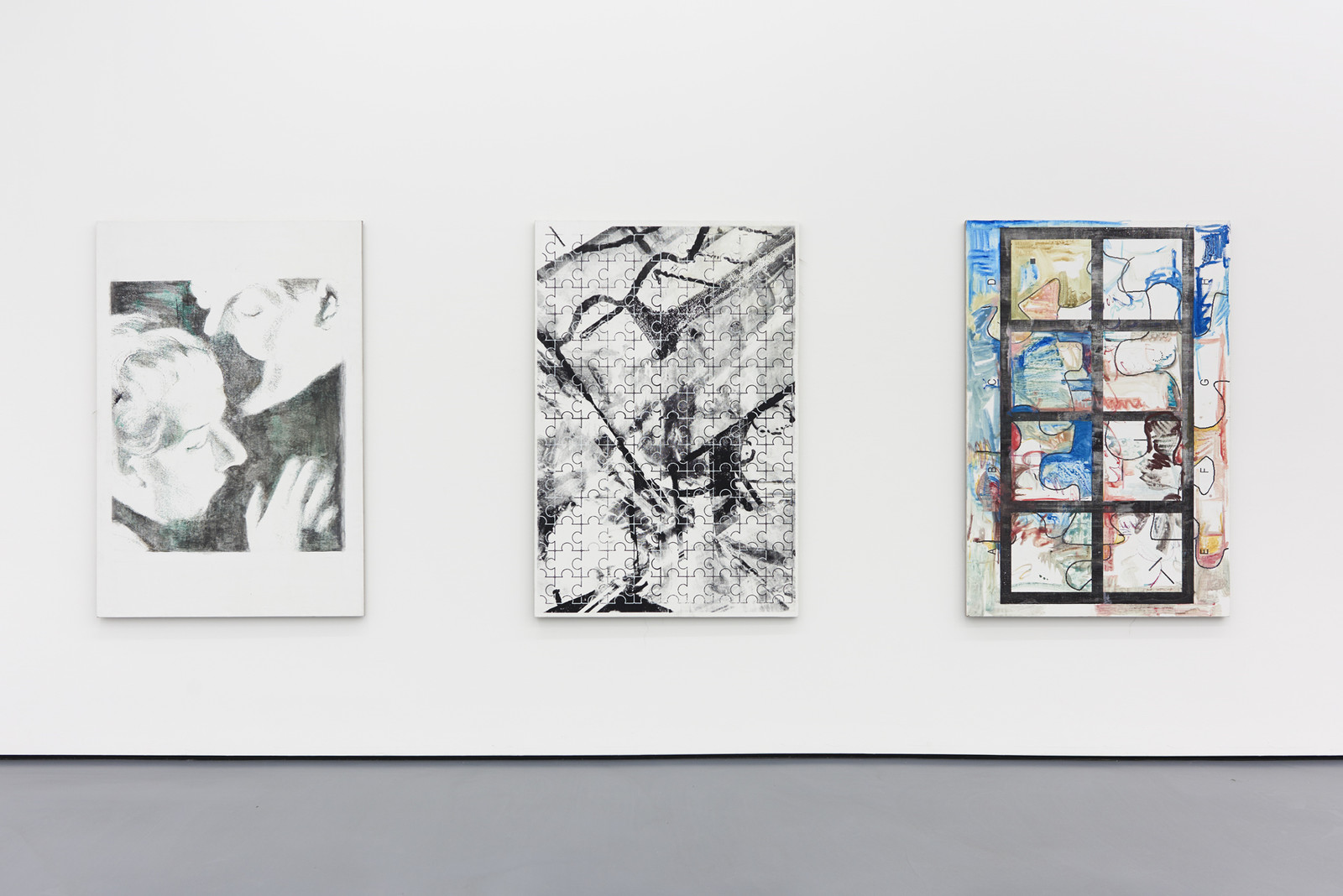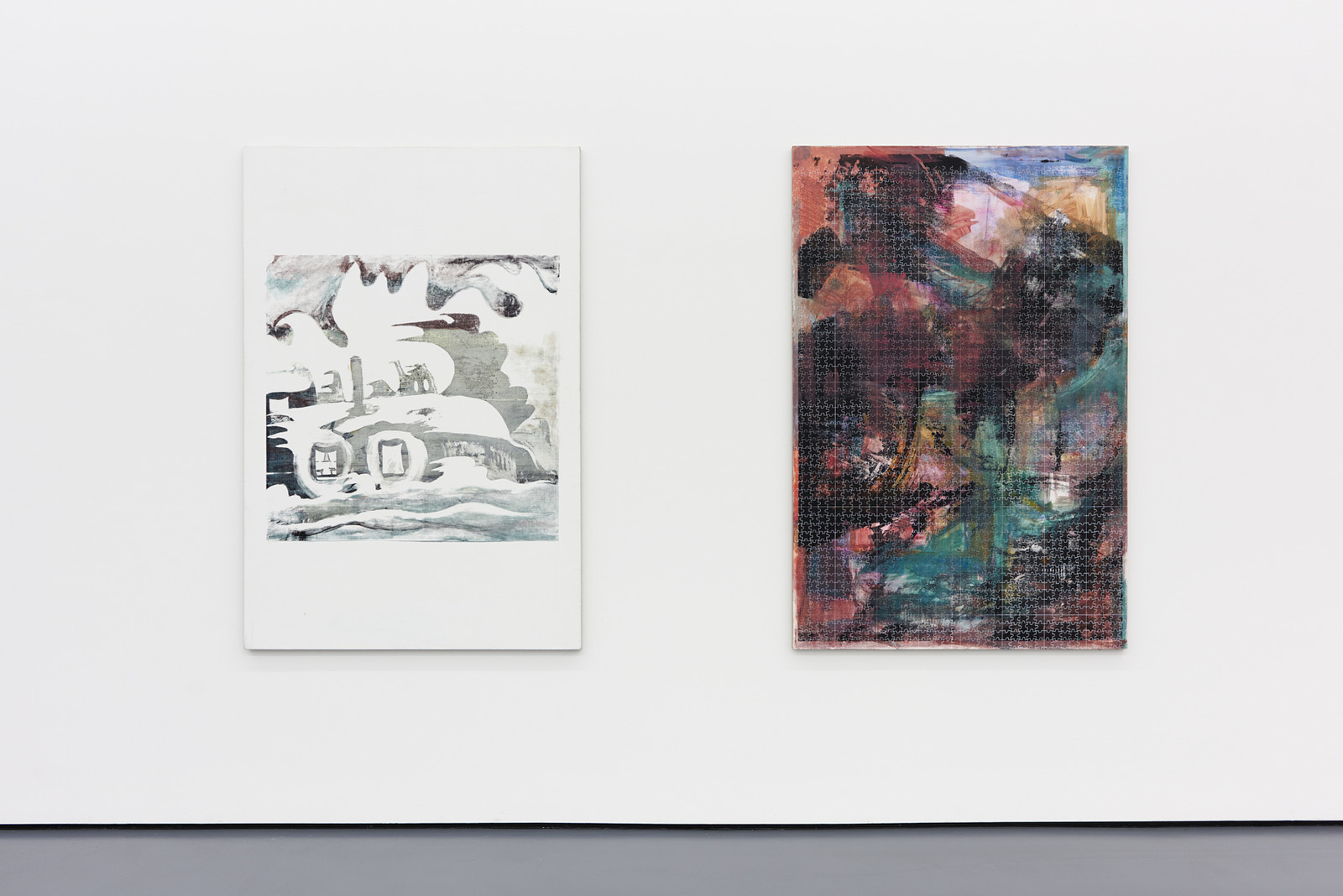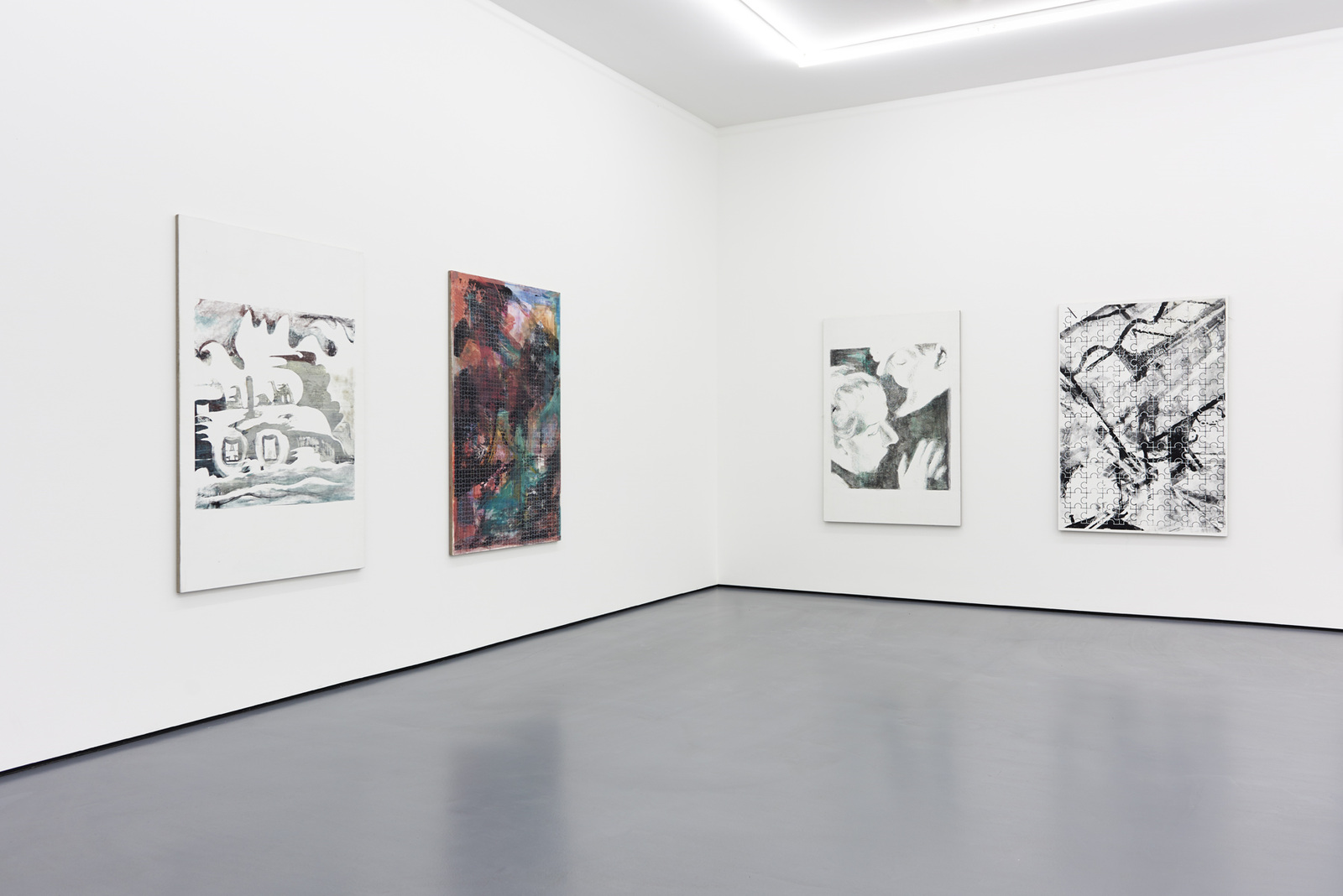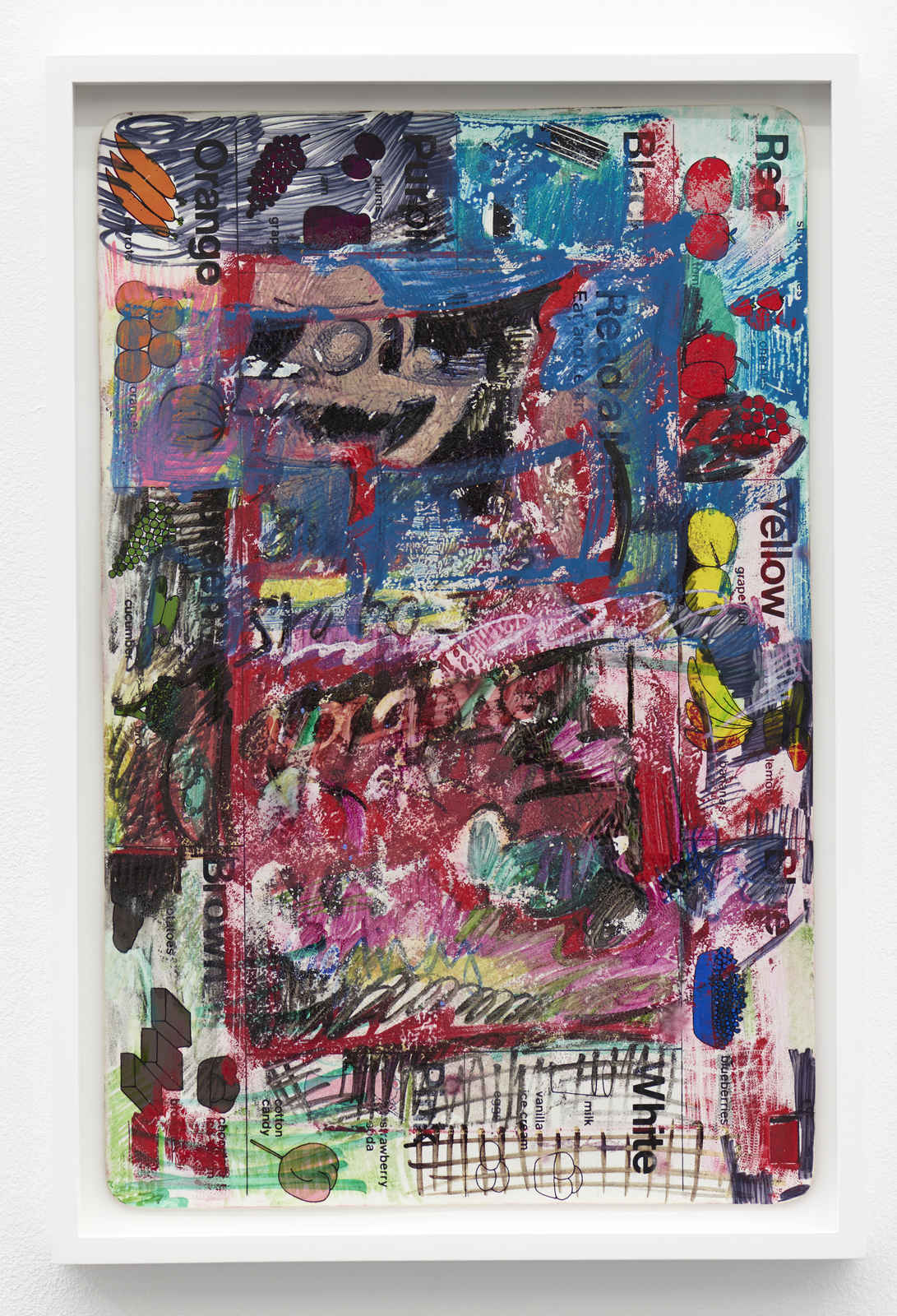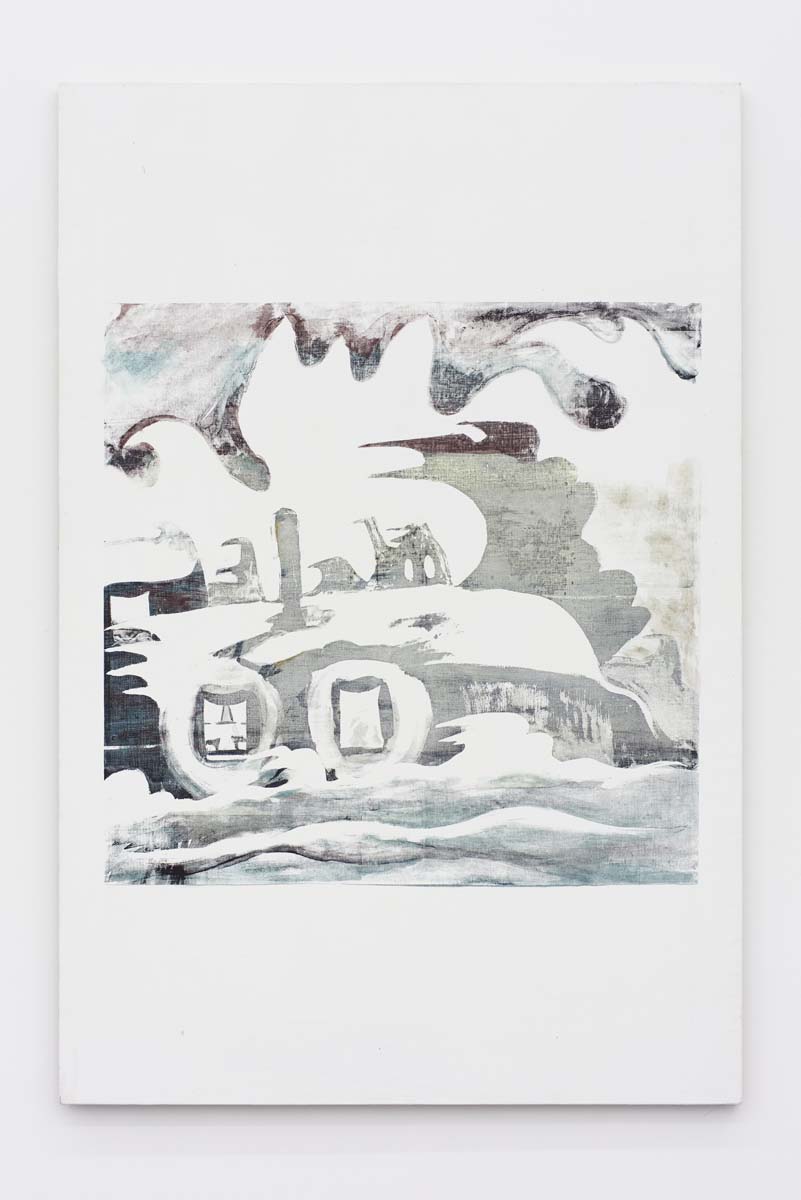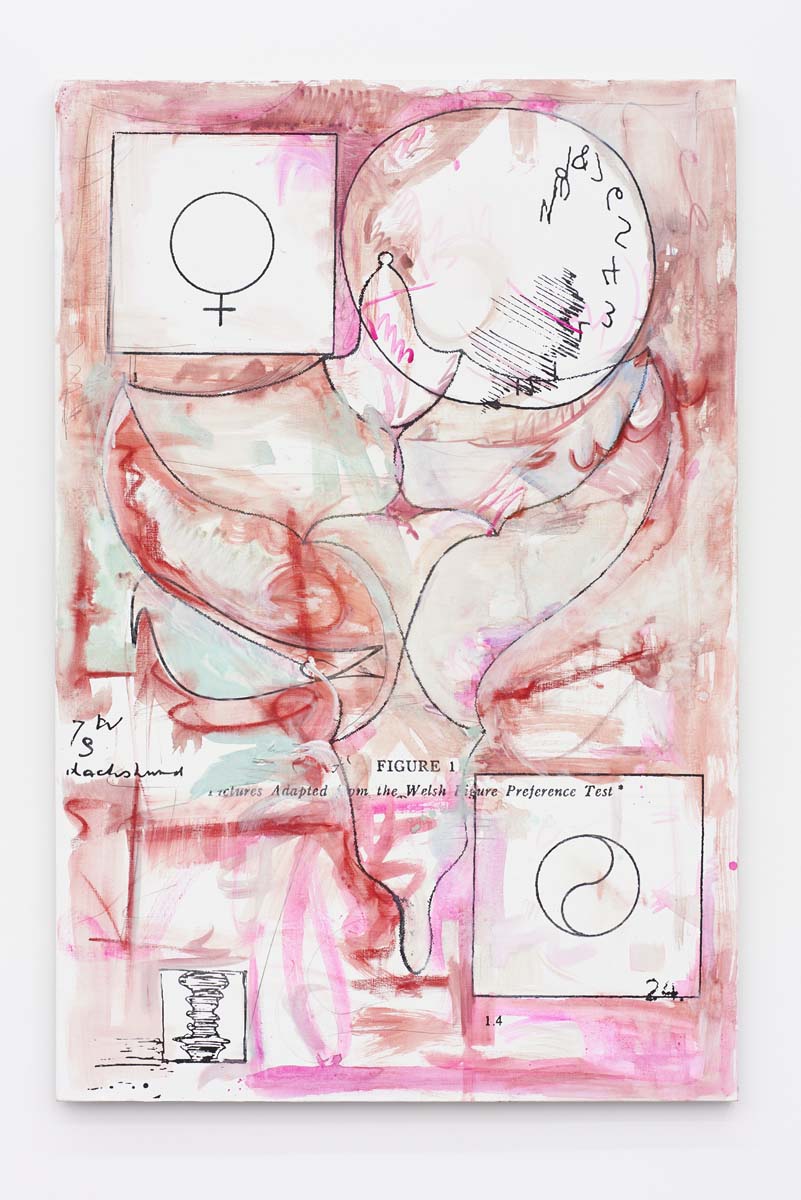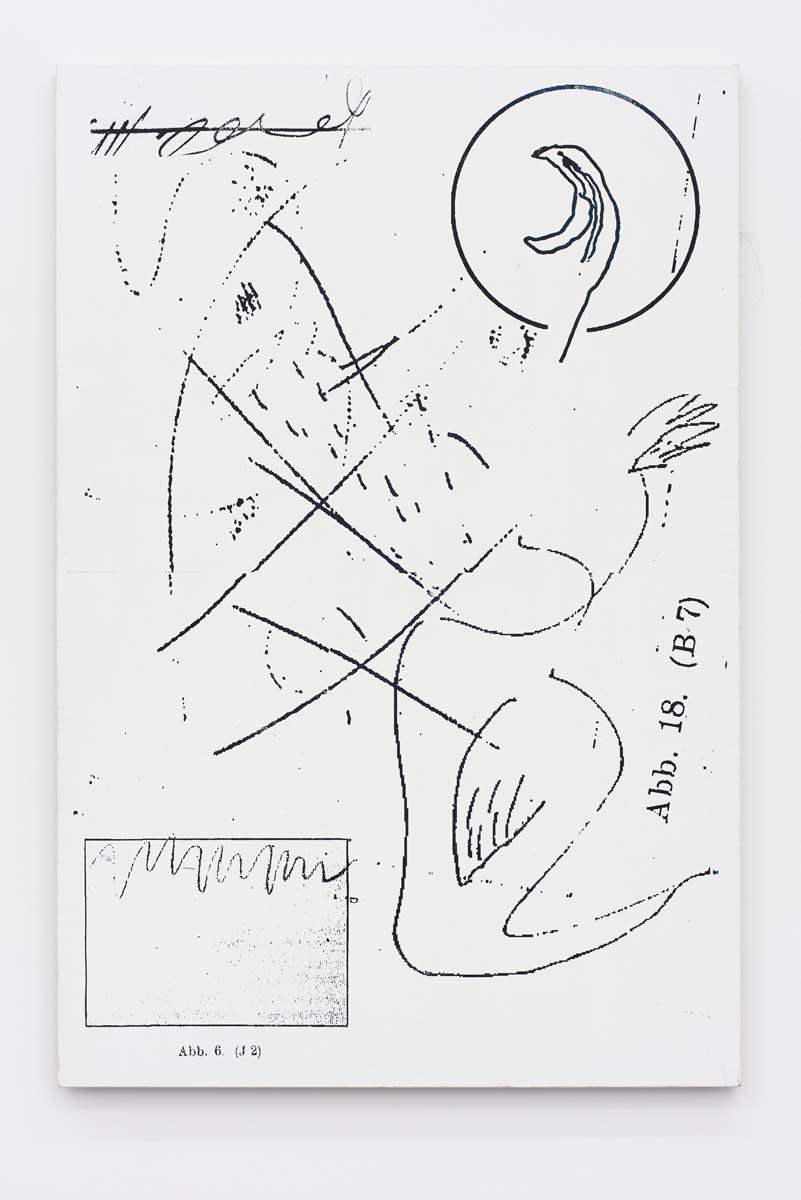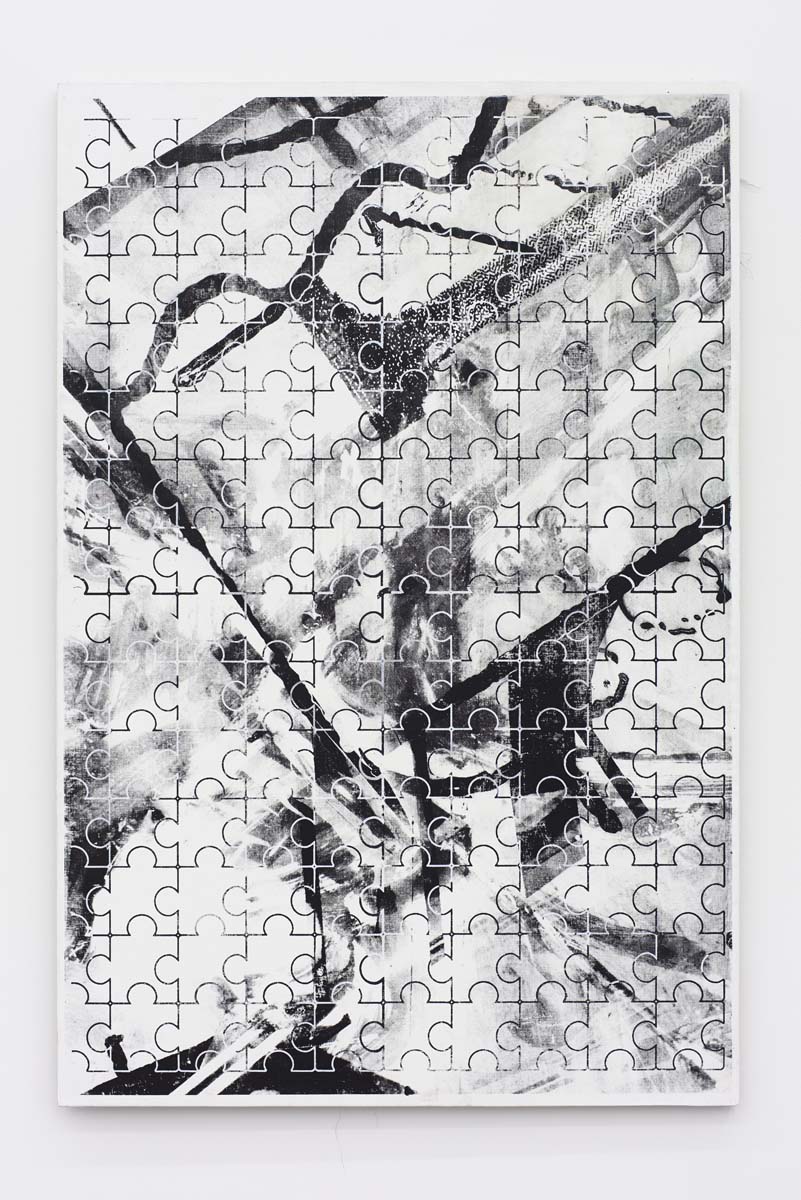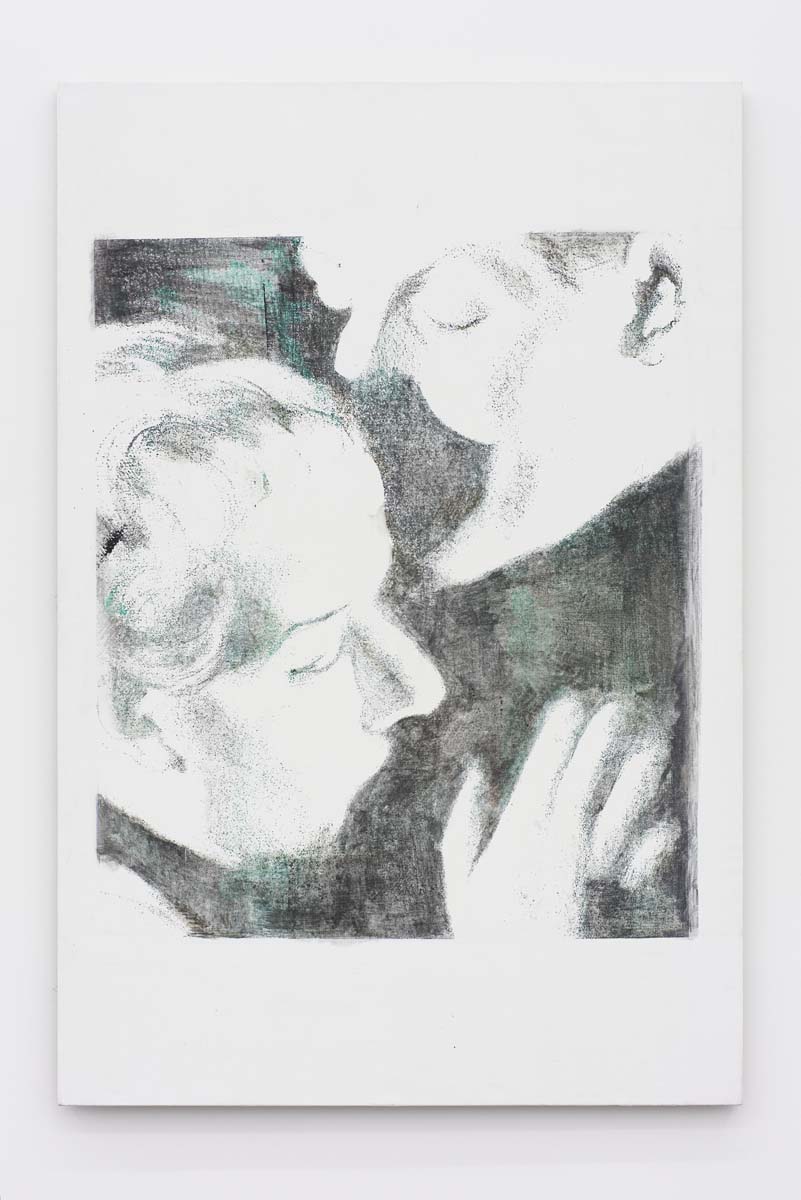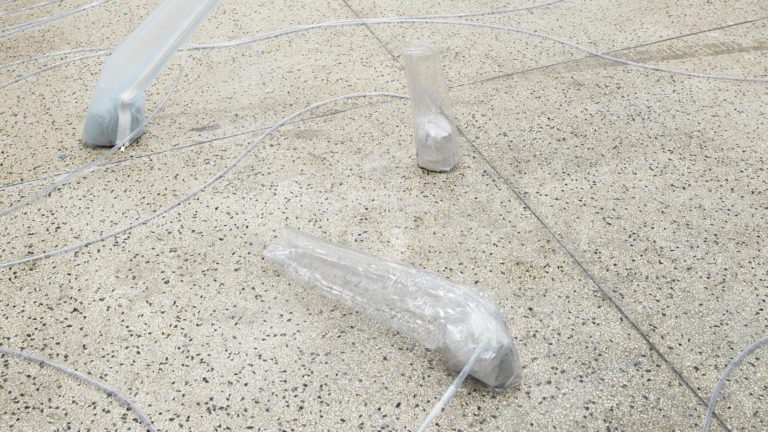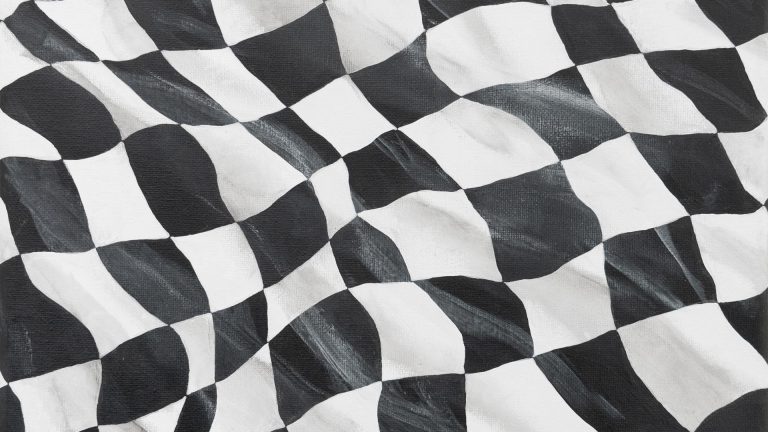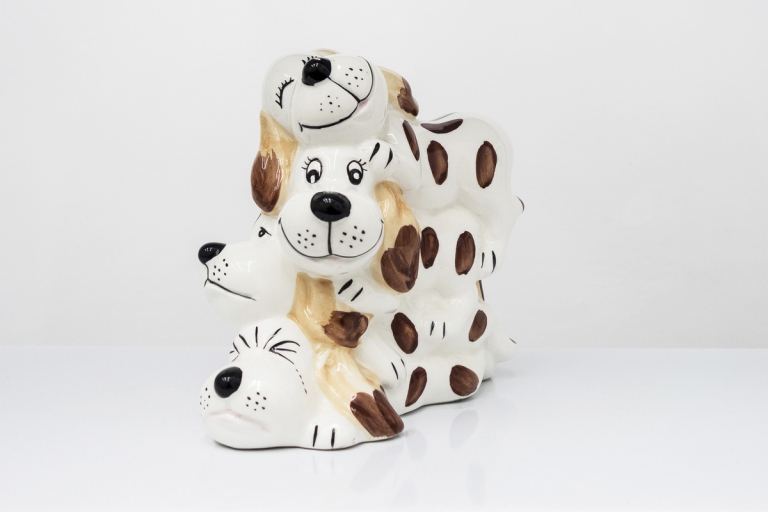Artist: Sofia Leiby
Exhibition title: The Making of a Beyonder
Venue: Kimmerich, Berlin, Germany
Date: September 17 – November 12, 2016
Photography: all images copyright and courtesy of the artist and Kimmerich, Berlin
A fundamental difficulty is that creative thinking can be manifested in an almost infinite number of ways and there is no acceptable way of quantifying these different kinds of achievement.
– Paul Torrance, Developer – Torrance Test of Creative Thinking, ‘Can We Teach Children to Think Creatively?,’ 1972
For artists who take their vocation seriously, self-assessment of one’s own skill and capacity, even for “successful” artists, must be a constant challenge. After all, great art generally offers audiences new, unique, and some would say transcendent ways of seeing and experiencing the world or even the unseen. But in the ensuing years before an artist produces great art or before she is discovered, how does she retain faith? How does an artist measure success? Does selling art to the right collector mean it is successful? Should artistic achievement be measured by the admiration of fellow artists? Does a positive review from the right art critic equate with progress towards being a great artist or producing transcendent art?
Sofia Leiby’s new work at Kimmerich Gallery addresses these questions indirectly by utilizing “objective” psychological tests designed to measure creativity, intelligence, and the unconscious as found objects in a series of paintings combining print, silk screening, watercolor and acrylic paint.
The Torrance Test was originally designed to measure creativity to show that it was not a fixed state, but could be cultivated in all children if offered sufficient educational resources. Judging her own paintings using Torrance’s instrument, by silk-screening elements of the tests onto canvases and using them as a basis for the composition of the painting, Leiby told me “[she] wouldn’t be rated as creative.” However, after reviewing Torrance’s papers on his “Test of Creativity” my suspicion is that Torrance may have considered revising the test based on Leiby’s artistic responses. For instance, she challenges the Torrance test’s “Incomplete Figure item” by both playfully and anxiously violating the boundaries of the test by drawing “outside the lines.”
The goal of psychometrics, or psychological measurement, emerged from an interest in developing consistent approaches to measure and to track individual differences in cognition, attitudes, temperament, pathology and the unconscious. As with any human endeavor, the attempt to assess any aspect of the human experience, psychometrics has yielded decidedly mixed results. Early and contemporary efforts at measuring (or mis-measuring) people, such as phrenology, personality, or even intelligence tests were and are still used to lend “objectivity” to systematic efforts to dehumanize and to marginalize individuals by race, class, religion, gender, and sexual orientation.
But on the other hand, without consistent and reliable approaches to measuring differences in a child’s reading ability across distance and time, for instance, we’d be unable to identify how to best help a child learn to read. Psychometric testing are tools that may be helpful in specific contexts; the Torrance Test of Creativity is useful if one is interested in measuring the specific concept of creativity as defined by Torrance himself. The Wartegg Drawing Test, which assesses personality types, is less useful for contemporary psychologists but was viewed as a novel and potentially viable tool in the early 20th century. The Thematic Apperception Test (TAT) relies on the examinee to describe the emotions or stories of standardized drawings of people in different situations. Although the TAT has been criticized for insufficient scientific validity has some utility to understand the capacity for abstract thought, an individual’s preoccupations, and as an indirect approach to uncovering uncomfortable topics such as hallucinations or abuse.
Similarly to art, the science of psychometrics is always moving forward, striving to measure, consistently and objectively, the most ethereal and challenging to define aspects of the human experience – however imperfectly. By conversing with Klee and Kandinsky in form and character, with good humor and love of the laborious process of the artistic enterprise, Leiby’s collection of new work attempts to critique and transcend the anxiety associated with the judgment all artists must contend with by using “objective” measures of creativity and the unconscious as an oblique reference for the chorus of “subjective” opinions of art collectors, fellow artists, and critics who can make or break artists’ spirits and careers.
Bowen Chung, MD MSHS
Department of Psychiatry and Behavioral Science
David Geffen School of Medicine at UCLA
Sofia Leiby, Read-A-Mat #9, 2016, Acrylic, paint marker and watercolor on children’s placemat, 43,2 x 27,9 cm / 17 x 11 inches
Sofia Leiby, Read-A-Mat #10, 2016, Acrylic, paint marker and watercolor on children’s placemat, 43,2 x 27,9 cm / 17 x 11 inches
Sofia Leiby, The Night Wind (Reprise), 2016, Watercolor and silkscreen on linen, 152,4 x 101,6 cm / 60 x 40 inches
Sofia Leiby, Morning Sunrise (Barron-Welsh Art Figure Preference Test, D.W. Winicott sketches, Janusian imagery, unattributed intelligence drawing tests), 2016, Silkscreen ink and acylic on linen, 152,4 x 101,6 cm / 60 x 40 inches

Sofia Leiby, 29 Signatures, 2016, Watercolor, gouache and silkscreen ink on linen, 152,4 x 101,6 cm / 60 x 40 inches
Sofia Leiby, Daschund (Welsh Figure Preference Test, D.W. Winicott sketches, Neurological Clock test and Medallion Test), 2016, Watercolor, graphite, chalk pastel and silkscreen ink on linen, 152,4 x 101,6 cm / 60 x 40 inches
Sofia Leiby, The Crow (Graphischer Ausdruck von Gefühlen Abb. 6 (J2) + Abb. 18 (B7), unattributed intelligence drawing tests, D.W. Winicott sketches), 2016, Silksreen ink and acrylic on linen, 152,4 x 101,6 cm / 60 x 40 inches
Sofia Leiby, Wartegg Test with Earlets, 2016, Acrylic, silkscreen ink and watercolor on linen, 152,4 x 101,6 cm / 60 x 40 inches
Sofia Leiby, 11 Rue Simon-Crubellier, 2016, Graphite, silkscreen ink, watercolor on linen, 152,4 x 101,6 cm / 60 x 40 inches
Sofia Leiby, Two Faces (Thematic Apperception Test Series D), 2016, Graphite, silkscreen ink and watercolor on linen, 152,4 x 101,6 cm / 60 x 40 inches
Sofia Leiby, A Solitary Game (After Georges Perec), 2016, Watercolor, pigment, silkscreen ink and gouache medium on linen, 152,4 x 101,6 cm / 60 x 40 inches



